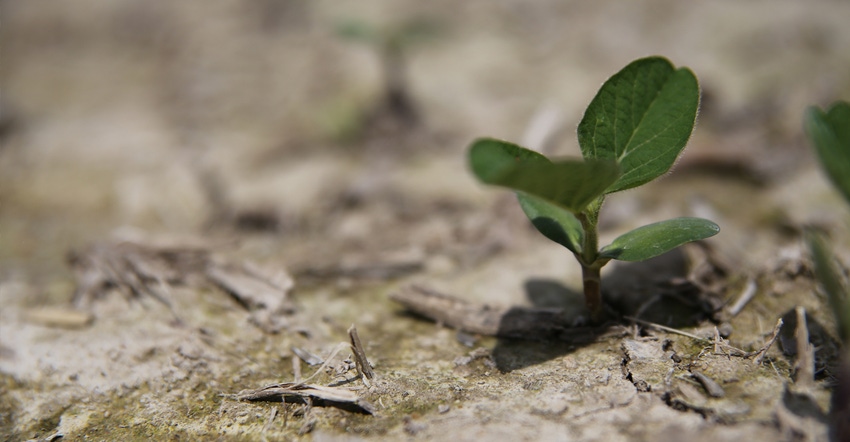December 1, 2017

Sponsored Content
In an unpredictable growing season, every seed counts. That’s why Beck’s Practical Farm Research (PFR)® team has invested time and resources into determining the economic optimum seeding rate (EOSR) for soybeans.
Before the first seed is planted, farmers face a myriad of management decisions. Some of the most important questions being asked is “what seeding rate should I use?” or “What combination of row spacing and seeding rate will be most profitable?”
In 2017, Beck’s PFR tested nine different row spacing and seeding rate combinations in a multi-variety and multi-location trial (shown below) to help farmers answer these exact questions.
Soybeans $9.79/Bu. 382L4 $55.04/unit. 394L4 $55.04/unit. Individual results may vary.

Overall, a greater net return was achieved with the 15 in. row spacing when compared to 20 in. and 30 in. row spacing. Within the 15 in. row spacing, the most profitable seeding rate was 125,000 seeds/A., which delivered a net return of $734/A. The average yield for 125,000 seeds/A. in the 15 in. row spacing was 80.4 Bu./A., based on an average seed cost of $52.92/A.
Narrow row spacing allows the soybean plants to capture more sunlight, driving photosynthesis and ultimately grain production. In addition to these benefits, narrow row spacing also ensures canopy closure before the reproductive stage occurs and decreases late-season weed pressure. Beck’s PFR team found that the yields produced with a population of 125,000 seeds/A. were similar to those of the 175,000 seeds/A. population in 15 in. rows. However, when seed cost was factored in, the lower seeding rate became the better option, and was ultimately the EOSR.
Even when an EOSR is used, planting date will still be a deciding factor in a farmer’s success or failure. Soybeans can be planted when soil temperature reach 50°F and conditions are suitable. Planting too early can leave plants vulnerable to seedling diseases that causes damping-off and early spring frosts. On the other hand, later planting can lead to yield reductions of up to 1 Bu./A. each day. While timing and rate of planting are difficult management decisions, Beck’s PFR aims to provide unbiased research to aid in the decision making process and ultimately help farmers succeed. �
About the Author(s)
You May Also Like




